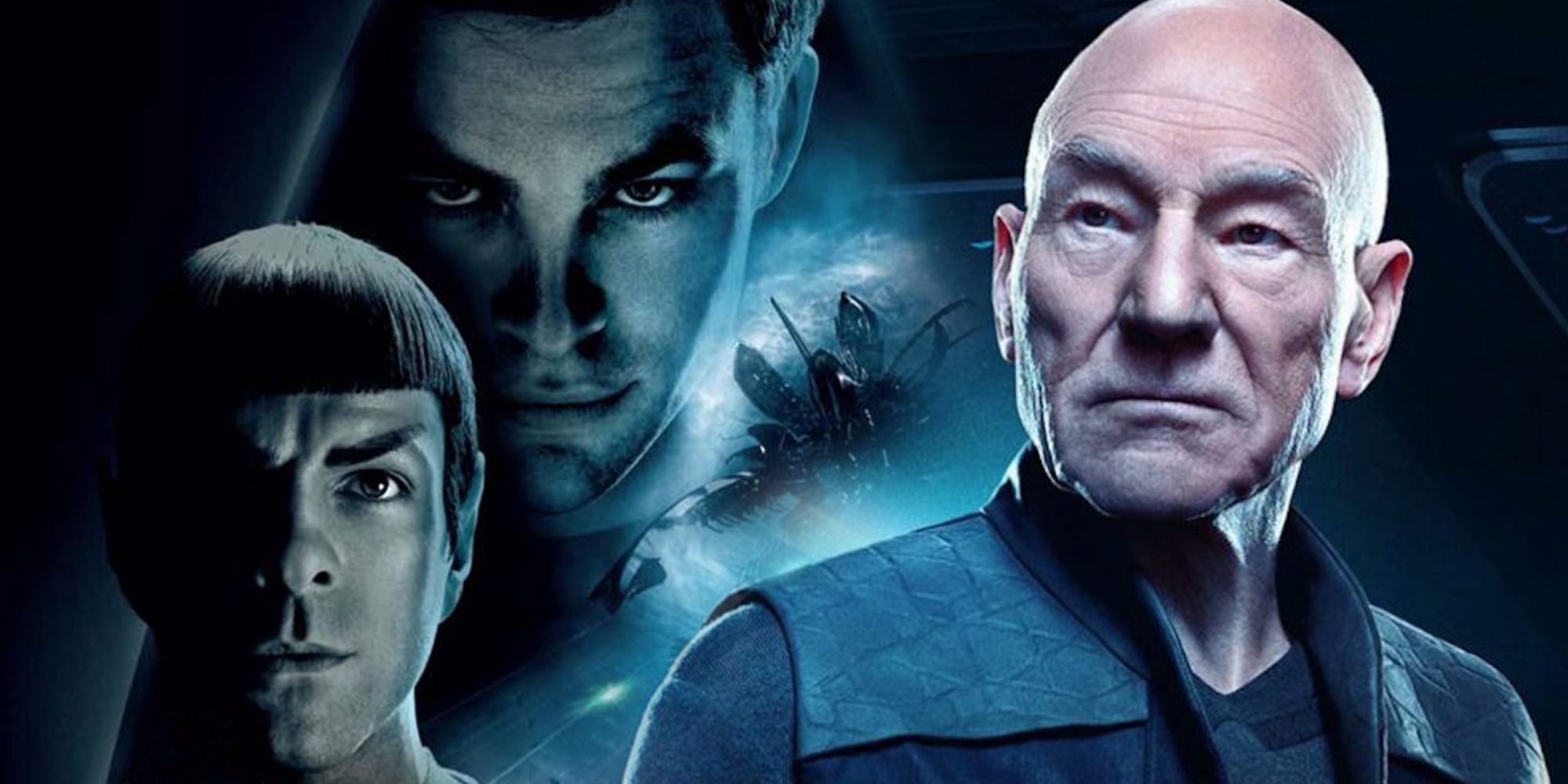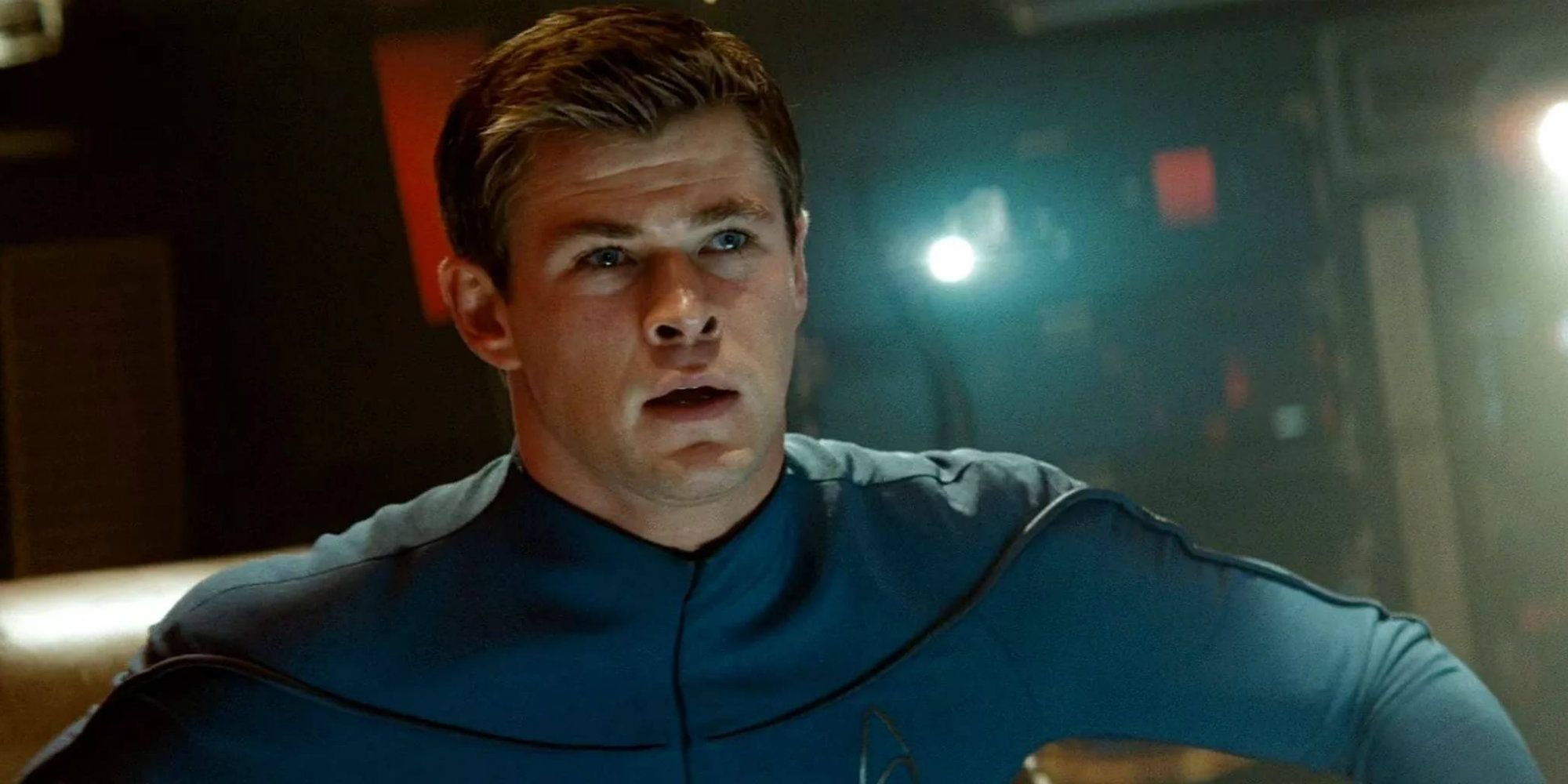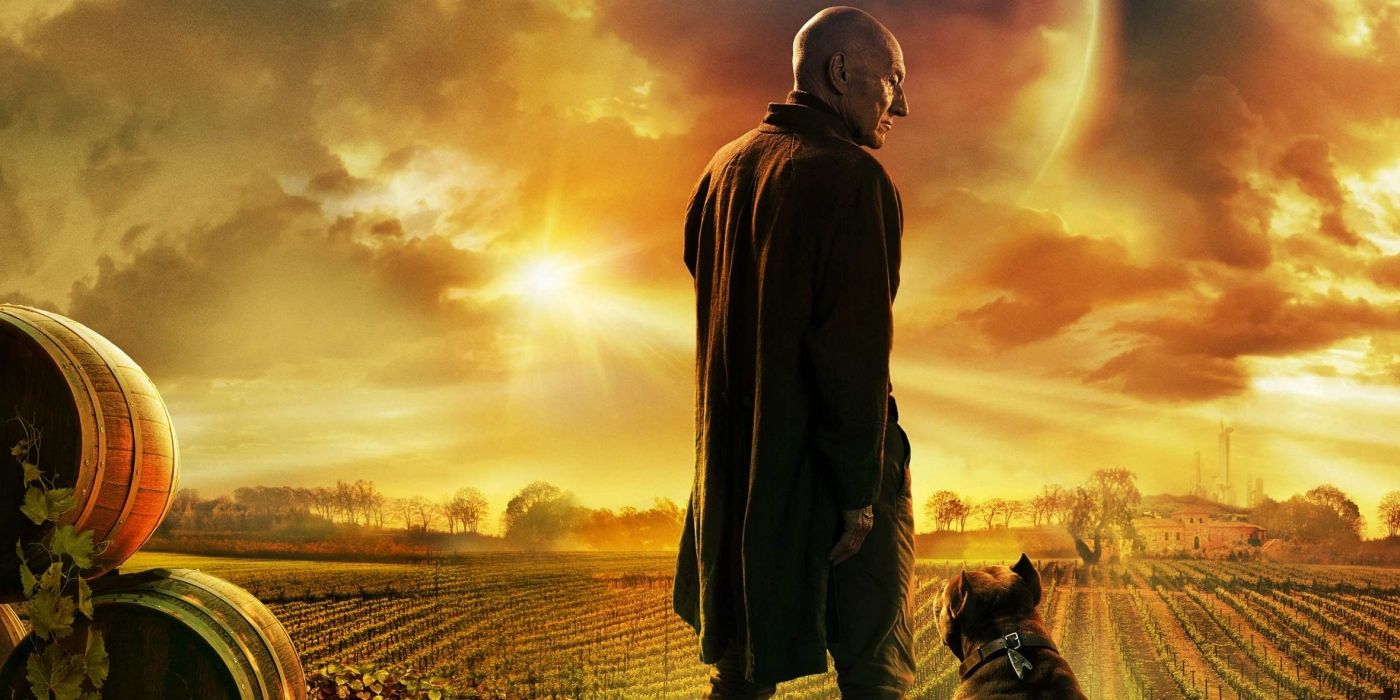Star Trek: Picard is set after the establishment of the Kelvin timeline, providing further context to the catastrophic event that helped shape the alternate reality. All Star Trek television series and films prior to 2009 take place in what is known as the “Prime” timeline. The 2009 film, Star Trek, created an alternate reality known as the “Kelvin” timeline. Star Trek Into Darkness and Star Trek Beyond continue in this alternate reality, but the inciting incident leading to this timeline split also has consequences in the Prime universe, something for which little context has been provided until Star Trek: Picard.
Captain James T. Kirk, Spock, and the crew of the USS Enterprise were first introduced in Star Trek: The Original Series. The subsequent six feature films spanning from 1979-1991, in addition to appearances in other Star Trek storylines, added even more depth to these already well-established characters, and in some cases, depicted the events of their death. This makes it very difficult for a prequel to place these characters in any real jeopardy or provide high stakes to original storylines, but that is exactly what the 2009 reboot, Star Trek, sought to accomplish. The Kelvin timeline raises the stakes for a young Kirk and Spock while preserving original story elements without continuity constraints. The cause leading to the timeline break creates effects in both realities that any continuation of the Prime timeline would have to address.
The Star Trek Kelvin Timeline Origins Explained
The Kelvin timeline derives its name from the Federation starship USS Kelvin. In 2009's Star Trek, James T. Kirk's father, George Kirk, serves aboard the USS Kelvin as its First Officer. A Prime timeline Romulan ship, captained by Nero, arrives from the future via a black hole and destroys the Kelvin, killing George Kirk. This triggers an alternate reality with its own versions of James T. Kirk, Spock, and the rest of the USS Enterprise crew. While the Kelvin’s destruction may have triggered this timeline, its origin can be traced back to an exploding star, or supernova, in the Prime universe that destroys the planet Romulus. Spock creates the black hole to consume the supernova, but he is transported through time along with the Romulan captain seeking to enact revenge on the Federation that left his planet to die.
How Picard Connects To The Kelvin Timeline
Captain Jean-Luc Picard was first introduced in the television series Star Trek: The Next Generation, taking place nearly 100 years after the events of the original series in the fifth iteration of the Enterprise, USS Enterprise-D. This Prime storyline resumes with the series Star Trek: Picard, which finds the former captain returning to action decades after the events of the 2002 film Star Trek: Nemesis. The series takes place after the supernova destroys Romulus and explains the exploding star’s effect on the Prime universe, where it drastically alters the life of Jean Luc-Picard. Despite opposition from the Federation, Picard spearheaded a rescue mission to evacuate the doomed planet that ended in disaster. The Federation subsequently abandoned the effort altogether, and Picard resigned, withdrawing to a quiet life on his vineyard.
Though it may be an effective way to craft a prequel for such a rich film and television franchise, the Kelvin timeline originates from a catastrophic event that disrupts Star Trek’s already established Prime timeline. Star Trek: Picard clears up any questions of Prime continuity by placing its titular protagonist in the aftermath of the event and explaining its far-reaching effects on his life and the state of the Federation. With the continuation of the once-dormant Prime timeline, combined with the alternate Kelvin timeline, the world of Star Trek is larger than ever before. In the words of Jean-Luc Picard, “The past is written, but the future is left for us to write.”



